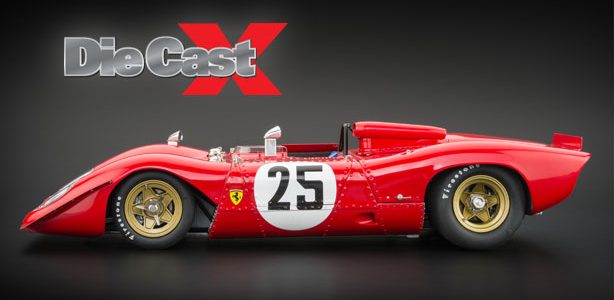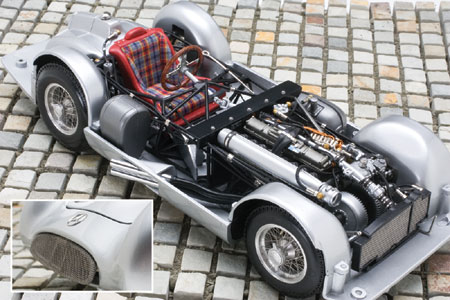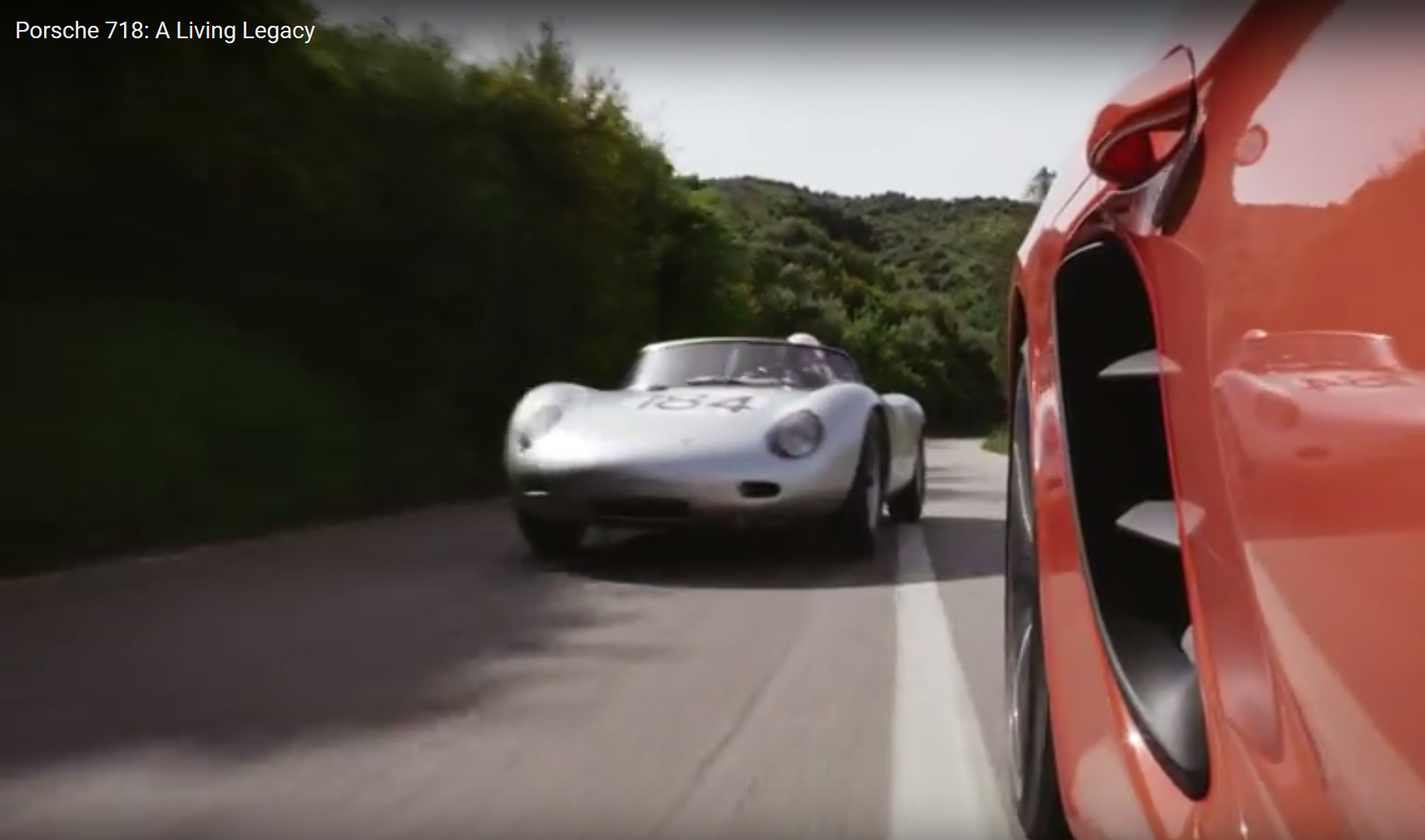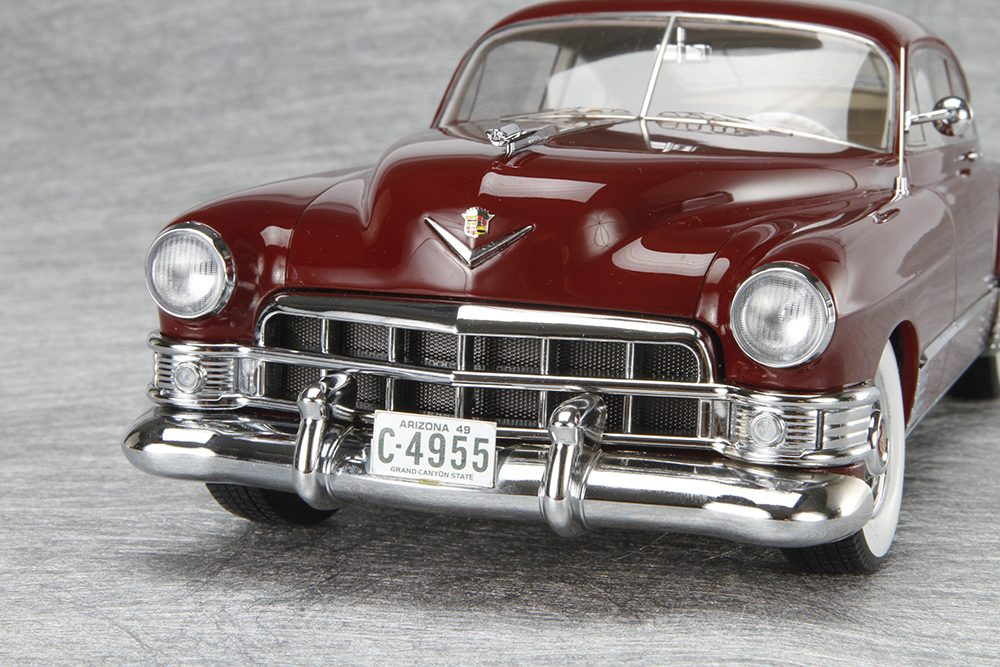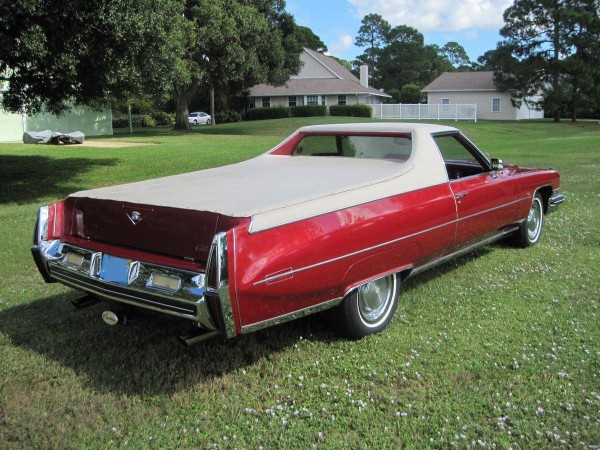|
Interior.The W196R had one function and needed only one seat. The aluminum bucket is covered in simulated leather with a tartan insert. The steering wheel is massive (as was required to generate enough leverage to turn this race car without a power-assist device). The wheel is four spokes inside a wood-grain ring with a separate center hub. The legible gauge cluster is minimal in concept and simple in design. The highly detailed floor panyes, floor panfeatures mesh plate runners that lead to the accelerator and brake pedal on the right and the clutch on the left. A spectacular and intricate cage surrounds the entire area. The steering mechanism features four links prior to reaching the lowered steering control rod that turns the front wheels. Engine. In 1954, the M196 engine could have been classified as one of the seven wonders of the world. Residing under the Streamliners hood was a 2496cc straight-eight engine that was a revolutionary design for the time. MB engineer Hans Gassmann was charged with developing the engine. He designed an in-line eight-cylinder so that the entire assembly could be mounted on an incline in the chassis to keep the weight low for a low center of gravity. From earlier testing, Gassmann knew that traditional four-valve cylinder heads would not work because of valve-bounce during high revs that would result in piston damage and engine failure. He came up with a two-cam lobe design in which one lobe opened each valve in the usual way while a D-shaped lobe worked through an L-shaped rocker to pull it closed. This led to the two-valve combustion chamber with a hemispherical head. As advanced as this was for the time, so, too, is CMCs replica of the M196 engine. This is, without question, the best diecast engine ever reviewed in the pages of DieCast X. It is amazingly detailed. Every aspect has been researched and applied, right down to the correct kinks in the rubber hoses. Hours can be spent looking at the intricacy of the fuel lines, ignition delivery system and air and fuel-delivery details. The amount of time and effort and the number of individual components involved in the creation of this historic racer are overwhelming. It is diecast perfection. Chassis, tires & wheels. To best view the engine and interior, remove the six screws from the vehicles underbelly. This allows the body to be removed, and its the only way to inspect the suspension. Although much of the suspension is obscured by the belly pan, fuel tank and engine, CMC didnt hold back from making it as perfect as the rest of the car. With a keen eye and a bit of maneuvering, you can see the multipiece, fully independent rear swing axle suspension with angled half shafts and drum brake enclosures. Likewise with the front suspensions A-arms, shocks, steering rod and anti-roll bar. Attached to all four corners are very realistic wire wheels with knock-off caps. Tires are Continental 7.00-16 (rear) and 6.00-16 (front). The molding is so precise that it even allows you to read the fine print on the tires sidewalls. CHECKERED FLAG.The Streamliner incorporated so many innovations that became commonplace a few years after its introduction. Features such as space-frame technology, direct fuel- injection delivery and the use of desmodromic valve gears all became part of racings advancements in speed and durability. Hans Gassmann and his team of scientists created a racer that was way ahead of its time. In the process, they pushed the speed envelope with better aerodynamics and power delivery. With just 152 cubic inches of engine, the M196 produced 290 horsepower. The slippery body made use of the power, and the W196R Streamliner posted a top closed-course speed record of 186mph. Of the four Streamliners, two remain under the control of Mercedes-Benz and are among its museum collection. On rare occasions, we see a Streamliner at historical racing events. They remain one of the most beautiful and most functional race cars of all time. In the same spirit of perfection, CMC pushes the limits of premium diecast with this 1:18-scale vintage racer. It features a remarkable 1,100 pieces of scale realism. Its detail is eclipsed only by its beauty. Source |
The Tipping Point of German Racing Superiority – 3
